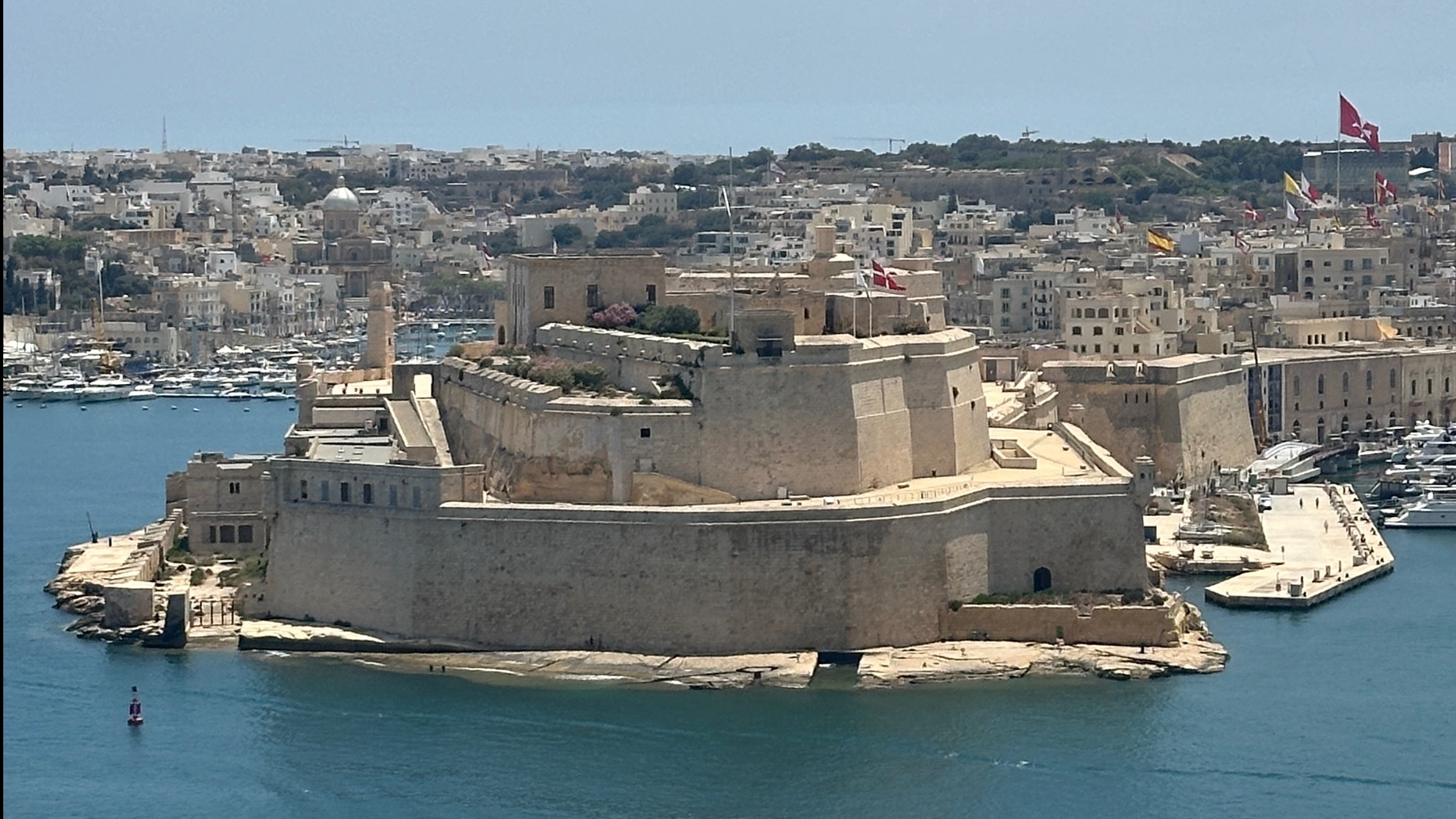After leaving the ancient city of Valletta, we headed to the older Three Cities.
The cradle of Malta's history, the Three Cities, consists of Vittoriosa, Senglea, and Cospicua, arranged in a triangular shape.
The Three Cities were also the earliest "home" of the Knights of St. John in Malta, witnessing the famous Great Siege of Malta. As the initial settlement of the Knights, the palaces, churches, fortifications, and bastions in the Three Cities are much older than those in Valletta.
When visiting Malta, one cannot miss these ancient historical sites, each of which offers a glimpse into Malta's enchanting past.
The Three Cities of Malta. These historic towns are key to Malta's history, providing a strategic base for naval operations.
Among the three cities, the impressive fortifications date back centuries, providing the cities with strong defenses against enemy attacks. From the magnificent views of the Grand Harbour to the well-preserved architecture, we can see how these three cities have evolved over time.
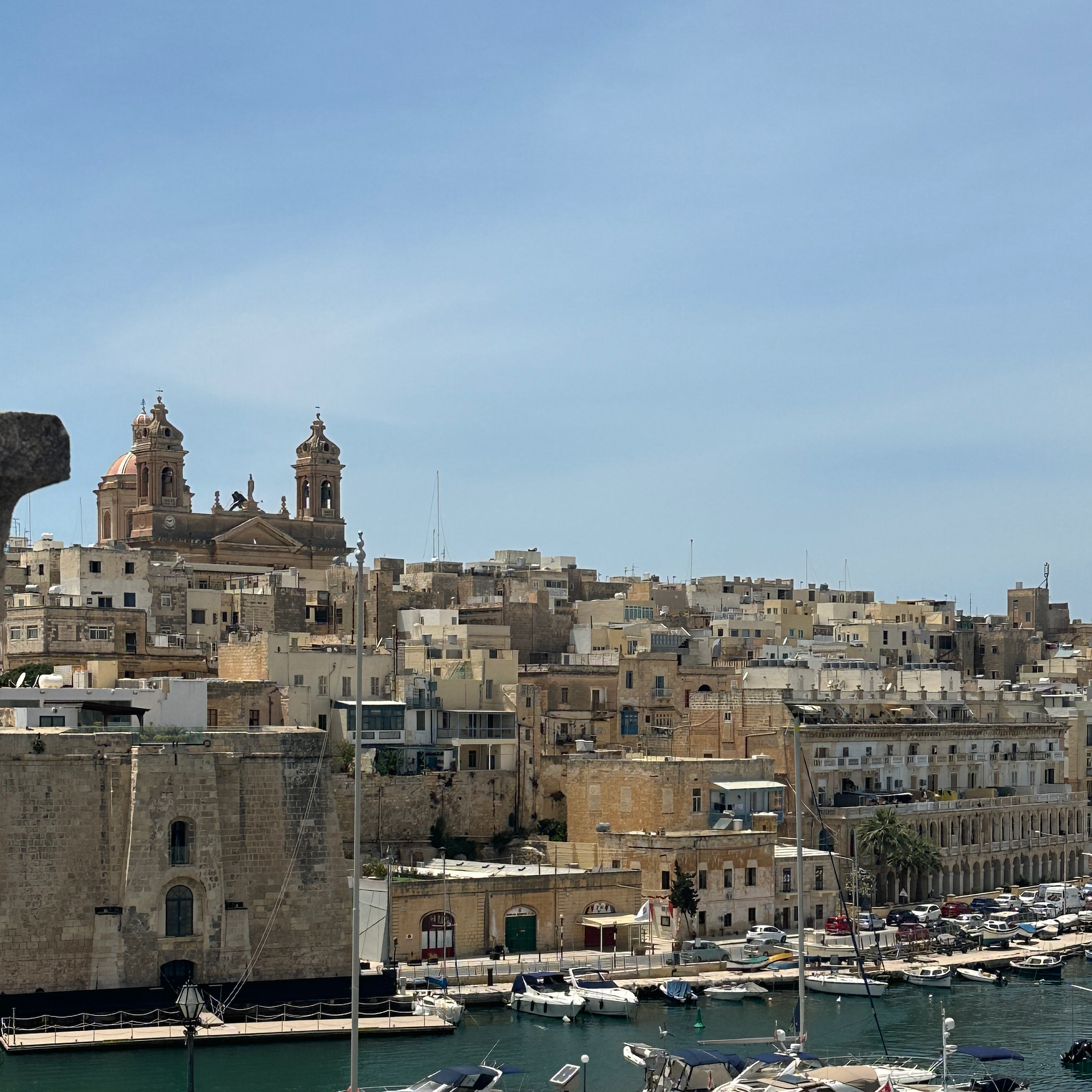
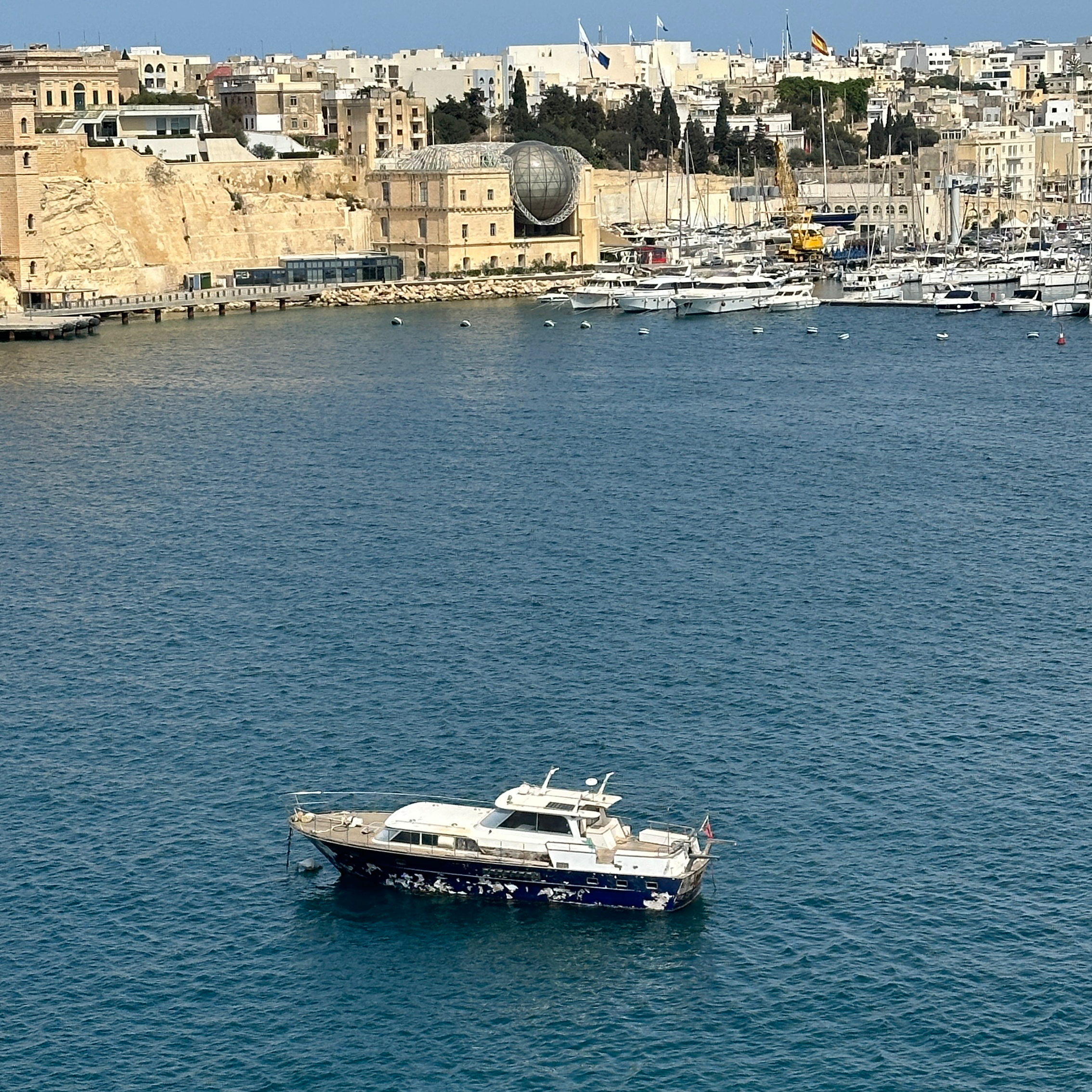
When in Malta, don't just visit Valletta, as the Three Cities across the sea are the cradle of the Knights.
The harbors of the Three Cities have been in use since the time the Phoenicians occupied Malta, and any church or fortress there is older than the capital Valletta.
Together, these three cities formed the historical center of Malta, providing the initial foothold for various nations, religious groups, and the Knights of St. John.
Vittoriosa
Before Valletta, it was once the capital of Malta. Due to its highly strategic geographical location, many famous battles occurred here, and it was also the initial gathering place for the Knights of Malta, hence it is known as the "Cradle of Maltese History." After the Great Siege of Malta in 1561, the capital was moved to Valletta.
The finest part of Malta's military heritage, it provided air raid shelters for the port and local residents during wartime, later serving as headquarters for the French army, followed by the British army and navy. Today, the carefully restored fortifications still retain their medieval appearance and are open to the public.
Senglea
Located opposite Vittoriosa, it is the youngest of the Three Cities. Established in the 16th century, Senglea was originally a peninsula that was later expanded into an island through land reclamation. The city's development was aided by the Knights of St. John, who transformed it into an impregnable fortress. Additionally, the waterfront promenade and beautiful gardens of Senglea make it a sparkling gem of Malta.
Senglea Gardens
The Gardjola Gardens at the top of Senglea Peninsula offer stunning views of the Grand Harbour and a distant view of Valletta, allowing visitors to appreciate the beauty of the Valletta Peninsula from different angles. The prominent watchtower on the garden's coast is also adorned with the famous "Eye of Horus."
Cospicua
Cospicua is the largest city among the Three Cities. During the British colonial period, Cospicua's thriving shipbuilding industry made it a renowned industrial center in Europe. At its peak, the shipbuilding industry in Cospicua employed about 14,000 people, accounting for 20% of Malta's labor force.
The Cathedral of the Immaculate Conception.
Cospicua's most famous Roman Catholic church is also one of the local attractions. It is known for its exquisite interior decorations and precious artworks, including "Madonna and Child" by the Italian painter Polidoro da Caravaggio.
The Three Cities are not large, and there is no need to purchase tickets to enter and explore.
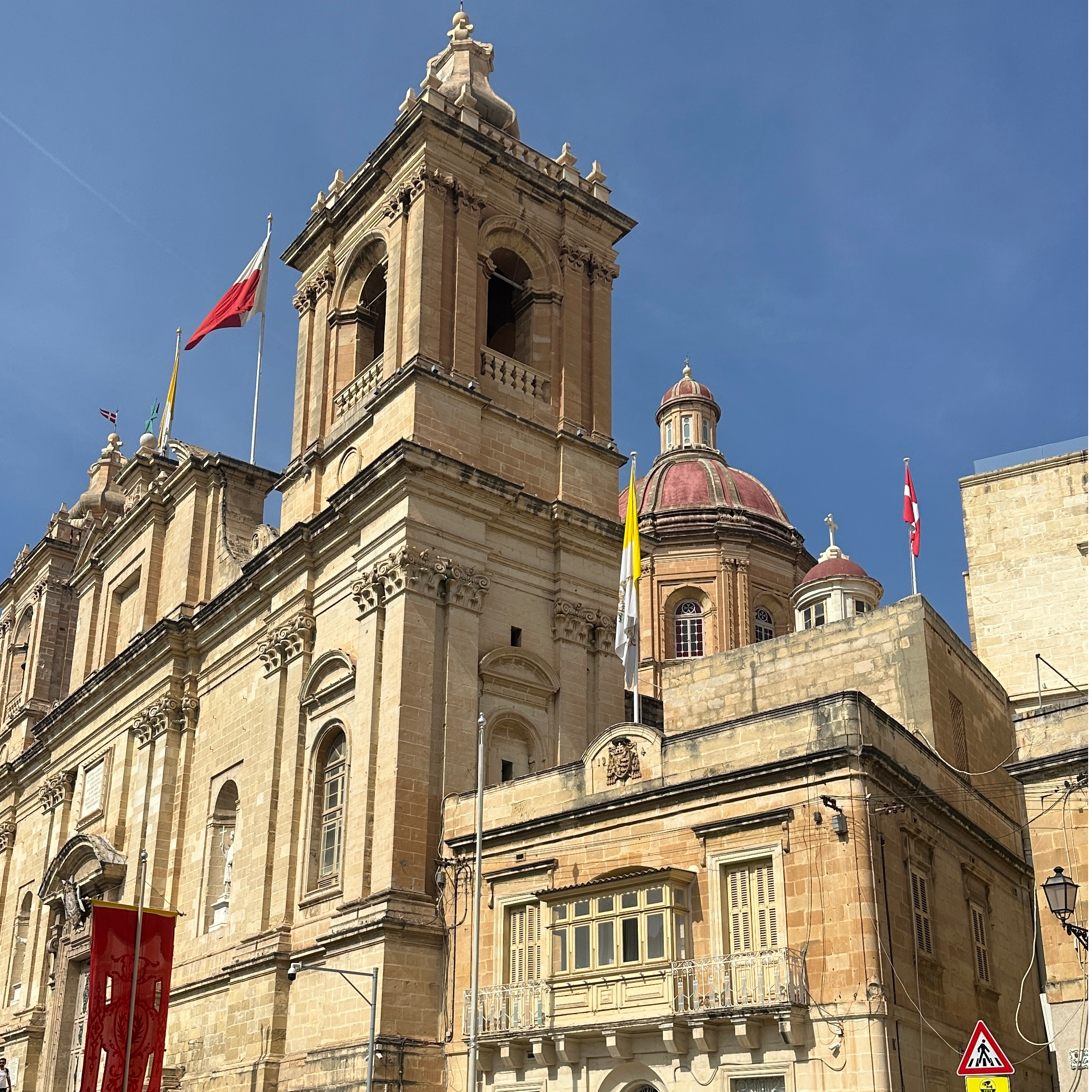
Under the guidance of our tour guide, we listened to his explanations while exploring these ancient sites, sometimes wandering through the old streets and sometimes climbing the high castle battlements.
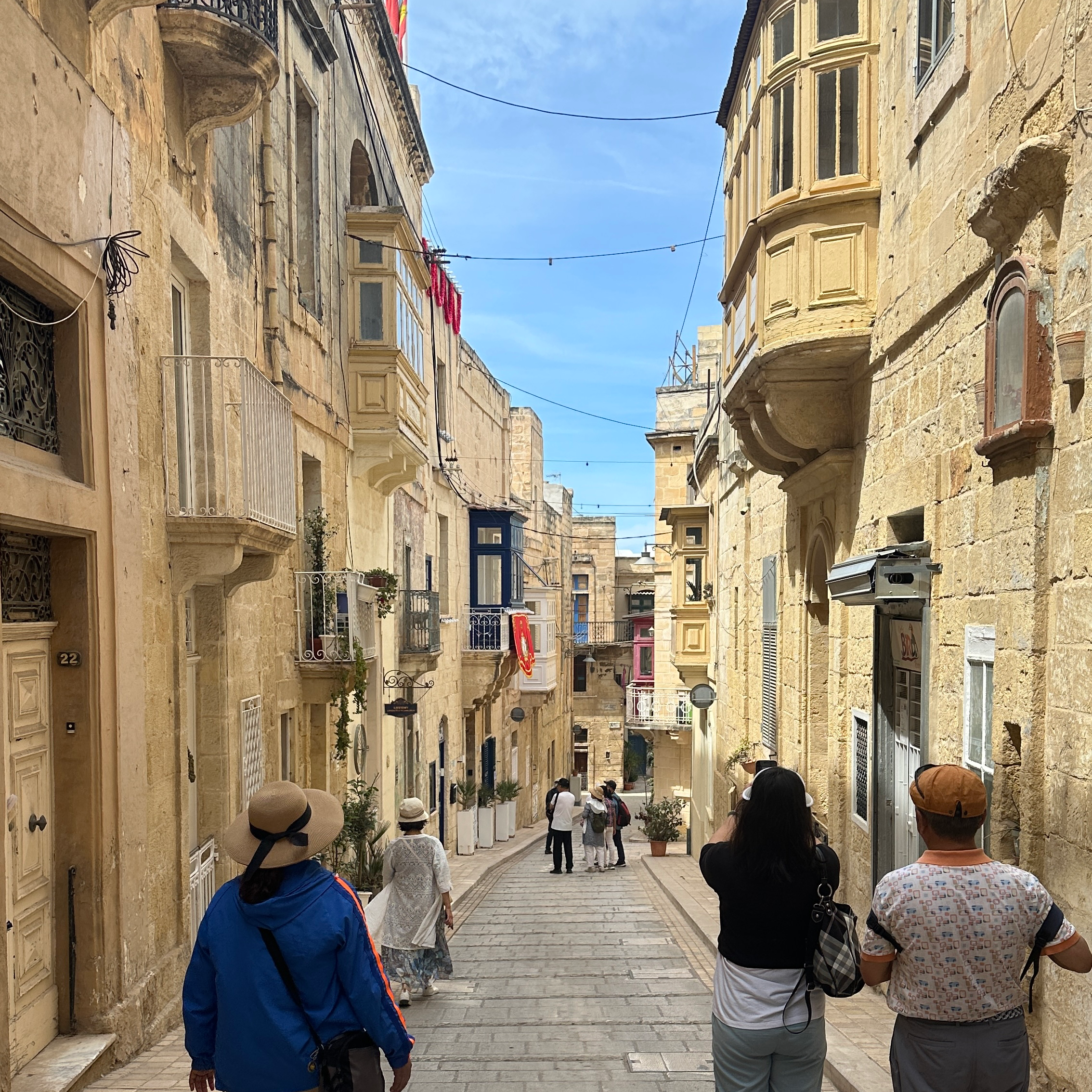
At the end of May, Malta enjoys plenty of sunshine, but the weather is pleasant.
In the afternoon, we didn't feel too hot while exploring, and the shaded areas were particularly cool.
Our local female tour guide, Ms. Zheng, accompanied us throughout our time in Malta. She was very talkative and familiar with the situation in Malta.
Below is her continuous introduction of the local customs and culture during our journey, which I have transcribed from the recording.
You see, we are so close; the tall building we photographed in that alley is this side, and ahead is that side.
So, over there is our commercial street, along the coast. There are many hotels, restaurants, and shops here. Most locals also come here on weekends, but on Sundays, the coastal shops are closed for rest.
The capital city of Valletta is the only ancient fortified city in the world; it is very unique.
First, the cities are very close to each other. You see, there is a bridge from here, and there is a Mandell, which is the knight commander of the Portuguese knights. From the center, it only takes half an hour to get there, so the attractions are relatively close to each other.
Secondly, there is no need for admission tickets.
And? The weather is beautiful, with blue skies and white clouds. This climate is very suitable for us Chinese; the foreigners don't mind the strong sun.
Malta has many ruins and a rich history, which makes it very distinctive and truly different.
Here, although most taxi drivers are Indian, they are very friendly. In fact, the drivers are all...
There is a pavilion outside the Prime Minister's office, with only one police officer.
Malta does not allow a red-light district like the Netherlands. Currently, because it has a navy, there are bars, but they are not allowed to operate outside.
Malta's minimum wage is 1,850 euros, which is our average salary. But their living conditions are quite strange; many people seem wealthy, as if their ancestors have always been rich, which is quite mysterious. They live very low-key.
Where do most of these people's money go? Most of it is spent on renovating their homes. They consider home decoration very important, and cleanliness is also a priority.
The women here are very fond of cleanliness.
Locals like to shop at the wholesale market. Fruits are quite cheap; we bought a box of red carrots weighing over ten kilograms.
However, the price of meat has risen significantly.
Many foreigners often come here; they arrive on Fridays and leave on Sundays. Many of them are from Germany, France, and the UK. For them, the wages in Germany and the UK are high, and they enjoy their time in Malta.
I once encountered an elderly man by the sea; he is retired and said he comes here once every three months. I asked him if he couldn't come to this place every time, and he said he was used to it and had come for three months again this time.
……
Actually, what I enjoy most about traveling both domestically and internationally is learning about local customs and traditions, just like this talkative tour guide introduced.
(To be continued)
